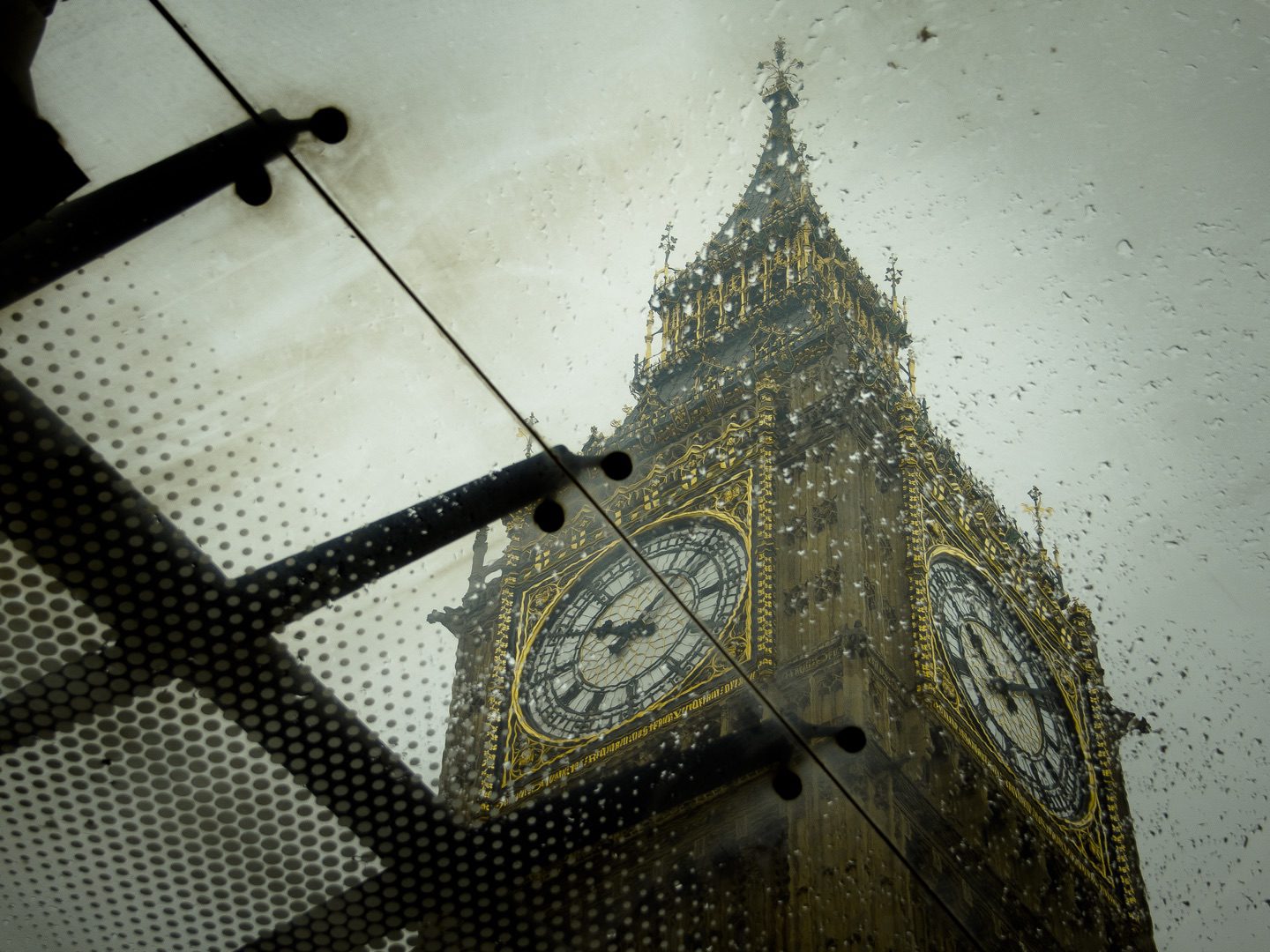
Even those who haven’t yet had the occasion to visit London know without hesitation the famous symbol of this fabled city. Perhaps for everyone Big Ben, whose iconic nature is more than obvious, is the first thing that comes to mind – it can be seen on postcards, posters, photographs or in films.
Not everyone knows, however, that the naming of Big Ben is folklore and currently the official name is the Elizabeth Tower. Before then it bore the name Clock Tower and during the rule of Queen Victoria journalists were accustomed to calling it St. Stephen’s Tower. Although the name Big Ben actually refers to the bell, the name has naturally been applied to the whole tower.
And who is being referenced by the official name Elizabeth Tower? The answer is no surprise – parliament in 2012 decided to pass a law which changed the name of the Clock Tower to Elizabeth Tower. This was done in honour of the diamond jubilee of the rule of the current British queen.

Behind Everything Was a Fire
A destructive fire on 16 October 1834 damaged a large portion of the Palace of Westminster, whose history dates back unbelievably to the 11th century. A great amount of time and finance was invested into its renewal, and since it was a proud symbol of the city, a commission expended great efforts to select the best architects who had as a role to renovate the palace. This was ultimately the design of architect Charles Barry, which the commission selected as the winner. A part of the design of this architect was also the adding of a clock tower, whose design was left to young architect Augustus Pugin.
In Honour of the Queen
Construction began on the tower, which is 96.3 metres high, on 28 September 1843. A point of interest is that since it was built from the inside moving outward, the construction scaffolding is not visible. However, as is often the case, construction was extended due to unforeseen problems and lasted from 1843 to 31 May 1859, when the clock finally began to tick. A few days later residents of London could hear the striking of the large bell and on 7 September four bells, which struck each quarter hour. It was the large bell, which was cast in 1856, that got the name Big Ben. The striking of the heart of the bell, however, caused it to crack, and a new one had to be cast, which is still used today. The clock and clock face are the work of the mentioned Augustus Pugin, who added the gilded surroundings of the clock face to the design. Under each clock face is an inscription in Latin, the translation of which reads: “O Lord, keep safe our Queen Victoria the Firstˮ

Many also ask the question: why the name Big Ben? One probable explanation is that the bell is named after the main builder of the tower, Benjamin Hall; another theory states that it got the name from then popular boxer Benjamin Caunt.
Legendary Exactness
The clock Big Ben was at the time of its introduction celebrated for its precision. It is the work of clock maker Edmund Beckett Denison, who made sure that it was truly reliable. He thought over all the factors and influences which could unfavourably affect its precision. It has maintained its precision until today, even through the bombing of the Second World War. Therefore, it surprised more than one person and possible put a smile on their faces that it was snow which slowed the clock’s mechanism for the first time. It happened on 1 January 1962, when it struck midnight ten minutes late. The sound of the bells can be heard to a distance of eight kilometres.

Big Ben is Leaning
Since August of last year an extensive reconstruction of the famous clock tower began, a part of which is to be the building of a new lift. The main reason, however, is the tower has gradually begun to tilt as a result of its unstable foundation. Big Ben tilts in a north-westerly direction and is currently leaning by 220 millimetres.

Text: Miriama Vojteková, photo: flickr.com, wikipedia













































































